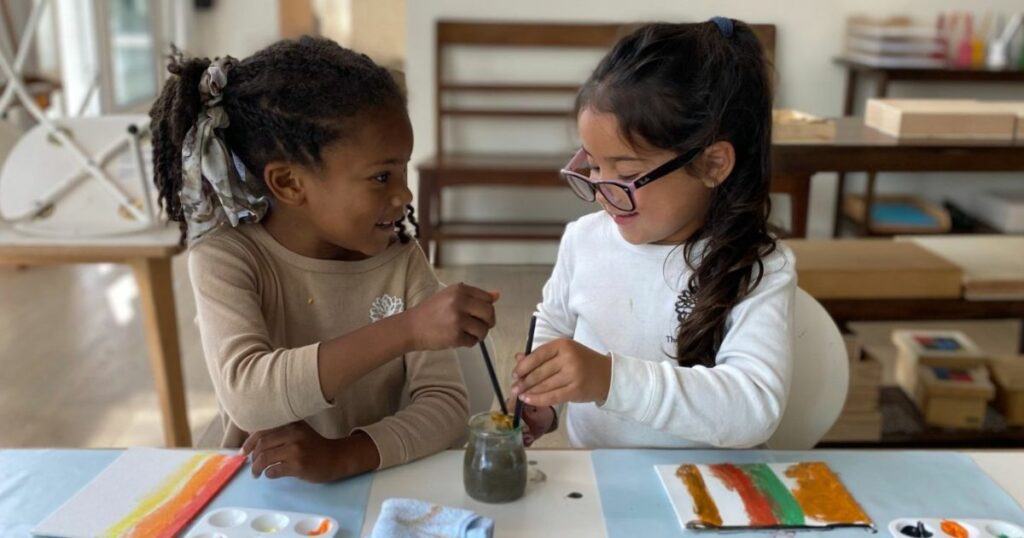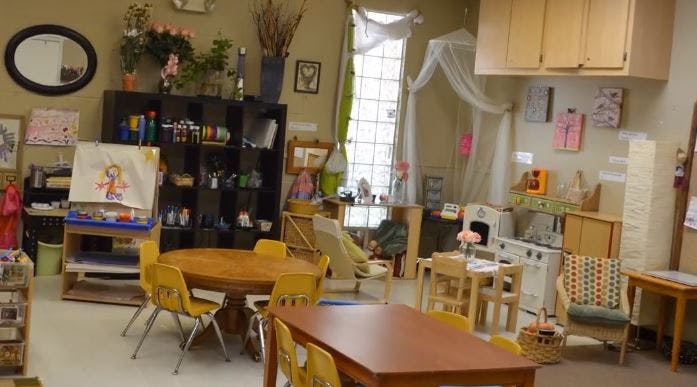Introduction
Do you ever wonder how a child’s mind works? How they perceive the world and understand it? Well, you’re not alone. Many education professionals, psychologists, and parents ask the same questions. One of the key answers lies in the concept of “Sensorial Exploration in Montessori: Stimulating Young Minds.” This approach is a key cornerstone of Montessori education and has revolutionized the way we understand early childhood development.
Understanding the Montessori Method
The Montessori Method, pioneered by Maria Montessori in the early 20th century, is a child-centered educational approach based on scientific observations of children. It values the human spirit and the development of the whole child—physical, social, emotional, cognitive. But what sets it apart is its emphasis on “Sensorial Exploration.”
Sensorial Exploration: The Heart of Montessori
Sensorial Exploration in Montessori education isn’t just a fancy term. It’s an integral component that forms the bedrock of the Montessori philosophy. It involves using the five senses—sight, smell, hearing, taste, and touch—to explore and understand the world. This approach enables children to categorize, sort, and understand their surroundings, stimulating their young minds and promoting cognitive development.
Why Sensorial Activities Matter
Sensorial activities are the heart and soul of Montessori education. They are designed to help children refine their senses and understand the world around them. These activities involve using Montessori materials designed to isolate one defining quality such as color, weight, shape, texture, size, sound, smell, etc. By engaging in these activities, children are not only learning about their world but also laying a solid foundation for future learning.
Types of Sensorial Activities
Sensorial activities in a Montessori environment come in all shapes and sizes, each targeting a specific sense. Some of the most common types include sound boxes for auditory discrimination, color tablets for visual discrimination, and texture tablets for tactile discrimination. Other activities involve smell bottles, geometric solids, and thermic bottles, each designed to engage a child’s senses and promote cognitive development.
Sensorial Exploration in Montessori: Stimulating Young Minds
How Sensorial Exploration Stimulates Young Minds
Sensorial Exploration in Montessori is more than just a learning tool. It’s a way of stimulating young minds, encouraging curiosity, and fostering a love for learning. When children engage their senses in their learning process, they form a deeper understanding and connection with the material. They’re not just learning about colors, shapes, or sounds—they’re experiencing them.
The Impact of Sensorial Exploration on Cognitive Development
Cognitive development involves how a child thinks, explores, and figures things out. It’s the development of knowledge, skills, problem-solving, and dispositions, which help children to think about and understand the world around them. Sensorial exploration in Montessori plays a crucial role in this process. By engaging their senses, children develop a sense of order, improve their memory, and enhance their ability to compare, contrast, and make judgments.






